As a follow up to this question. (Sorry if this linking other posts is wrong. I'm new to forums) Will this design for an XHP70.2 LED Driver with arduino control work to the params specified?
TL;DR: its a 15A~7V LED driver Current control loop controlled from an Arduino PWM. I'm new to op-amps.
CRE2512-FZ-R003E-3 - https://www.mouser.co.uk/datasheet/2/54/cre-1388683.pdf
INA180A2IDBVR - http://www.ti.com/lit/ds/symlink/ina180.pdf
I have found components for the first Current Sense Amplifier stage. It will output 0v - 2.25V and so, as suggested, I think a unity gain differential amplifier would work for the second stage. (with a potential divider to take the Arduino control from 5v to 2.25v and a potential divider to take the second stage output down to 2v)
- What would be a suitable amp? (ideally something similarly small as the SOT-23-5 INA108A2)
- Is there a way to reduce the number of resistors so I don't need All Of R9 & R10 & R11 & R12 & R13?
Thanks in advance
